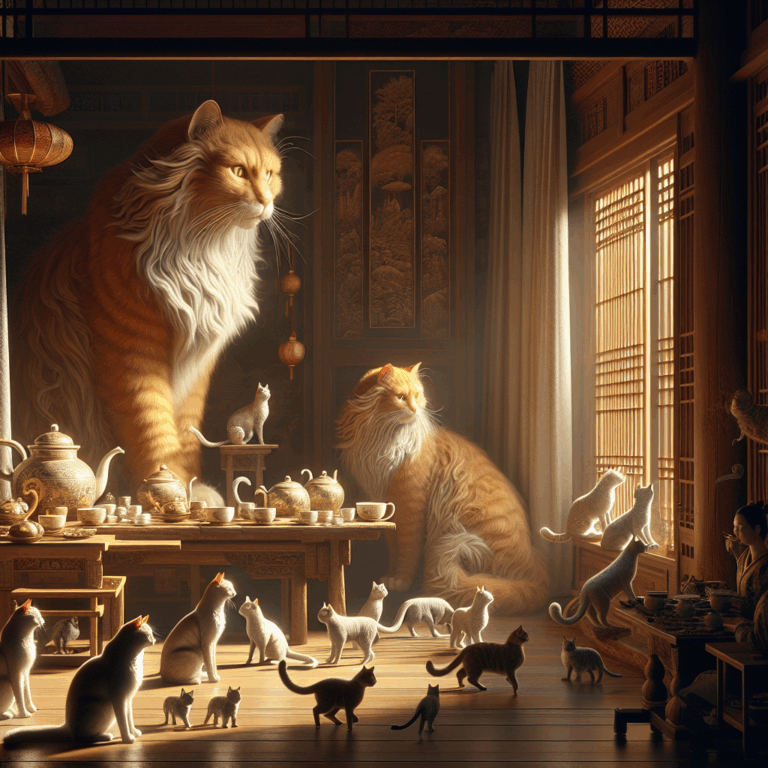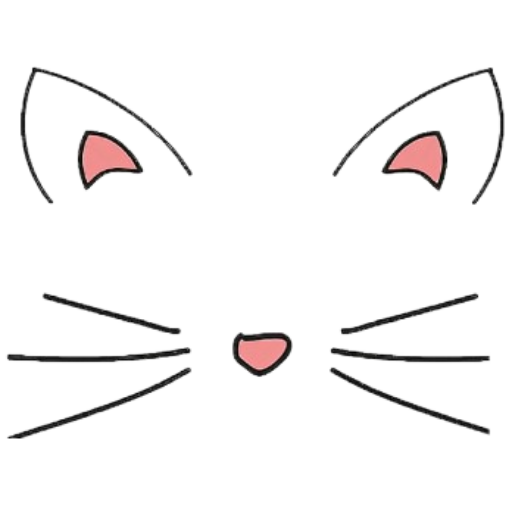The Feline Guardians of Tradition: Cats and Their Role in Cultural Preservation
- No Comments
In a world that is rapidly evolving, where technology and modernity often overshadow age-old customs, cats have emerged as unexpected custodians of cultural heritage. These enigmatic creatures, long revered in myths and folklore, continue to play an integral role in preserving and perpetuating traditional practices across various societies.
Cats have been intertwined with human culture for millennia, often seen as mystical beings with the ability to bridge the physical and spiritual realms. Their symbolic presence is deeply embedded in numerous cultural traditions, serving as living links to the past. In Japan, for instance, the “Maneki-neko” or beckoning cat remains a popular cultural icon, believed to bring good fortune and prosperity. This tradition has not only persisted in Japan but has also spread across the globe, becoming a universal symbol of luck.
In many indigenous communities, cats are considered guardians of sacred spaces. Their presence is often believed to ward off evil spirits and protect the sanctity of rituals. In the Andes, for example, cats are often seen as spiritual protectors, accompanying shamans during important ceremonies. This belief underscores the deep respect and spiritual connection that many cultures have with these creatures, viewing them as essential participants in the continuation of their heritage.
The role of cats in cultural preservation also extends to traditional agricultural practices. In rural villages across Asia and Africa, cats have long been employed as natural pest controllers, safeguarding crops and food stores from rodents and other pests. This practice, passed down through generations, has not only contributed to the sustainability of local food systems but also to the preservation of agricultural traditions that might otherwise be overshadowed by modern farming techniques.
Moreover, cats have found their place in the arts as muses to artists, writers, and musicians who draw inspiration from their elegance and mystery. From the ancient Egyptian depictions of the feline goddess Bastet to the whimsical portrayals in Lewis Carroll’s “Alice’s Adventures in Wonderland,” cats have been immortalized in cultural expressions that continue to resonate with audiences today. These artistic representations serve as a testament to the enduring impact of cats on human creativity and cultural continuity.
In the digital age, cats have become cultural ambassadors, their images and stories circulating widely on social media platforms. This phenomenon has led to a renewed interest in traditional tales and customs associated with cats, bringing cultural narratives to a global audience. Through viral memes and videos, the cultural significance of cats is being shared and celebrated far beyond their places of origin, ensuring that these traditions remain vibrant and relevant.
As societies confront the challenges of globalization and cultural homogenization, the role of cats as guardians of tradition becomes increasingly vital. These creatures, with their unique ability to adapt and thrive alongside humans, continue to serve as reminders of the richness and diversity of our cultural heritage. By honoring and preserving the traditions associated with cats, we uphold a legacy that transcends time and connects us to the collective human experience. In this way, cats continue to be cherished not only as companions but as vital custodians of the cultural tapestry that defines our world.

In a world that is rapidly evolving, where technology and modernity often overshadow age-old customs, cats have emerged as unexpected custodians of cultural heritage. These enigmatic creatures, long revered in myths and folklore, continue to play an integral role in preserving and perpetuating traditional practices across various societies.
Cats have been intertwined with human culture for millennia, often seen as mystical beings with the ability to bridge the physical and spiritual realms. Their symbolic presence is deeply embedded in numerous cultural traditions, serving as living links to the past. In Japan, for instance, the “Maneki-neko” or beckoning cat remains a popular cultural icon, believed to bring good fortune and prosperity. This tradition has not only persisted in Japan but has also spread across the globe, becoming a universal symbol of luck.
In many indigenous communities, cats are considered guardians of sacred spaces. Their presence is often believed to ward off evil spirits and protect the sanctity of rituals. In the Andes, for example, cats are often seen as spiritual protectors, accompanying shamans during important ceremonies. This belief underscores the deep respect and spiritual connection that many cultures have with these creatures, viewing them as essential participants in the continuation of their heritage.
The role of cats in cultural preservation also extends to traditional agricultural practices. In rural villages across Asia and Africa, cats have long been employed as natural pest controllers, safeguarding crops and food stores from rodents and other pests. This practice, passed down through generations, has not only contributed to the sustainability of local food systems but also to the preservation of agricultural traditions that might otherwise be overshadowed by modern farming techniques.
Moreover, cats have found their place in the arts as muses to artists, writers, and musicians who draw inspiration from their elegance and mystery. From the ancient Egyptian depictions of the feline goddess Bastet to the whimsical portrayals in Lewis Carroll’s “Alice’s Adventures in Wonderland,” cats have been immortalized in cultural expressions that continue to resonate with audiences today. These artistic representations serve as a testament to the enduring impact of cats on human creativity and cultural continuity.
In the digital age, cats have become cultural ambassadors, their images and stories circulating widely on social media platforms. This phenomenon has led to a renewed interest in traditional tales and customs associated with cats, bringing cultural narratives to a global audience. Through viral memes and videos, the cultural significance of cats is being shared and celebrated far beyond their places of origin, ensuring that these traditions remain vibrant and relevant.
As societies confront the challenges of globalization and cultural homogenization, the role of cats as guardians of tradition becomes increasingly vital. These creatures, with their unique ability to adapt and thrive alongside humans, continue to serve as reminders of the richness and diversity of our cultural heritage. By honoring and preserving the traditions associated with cats, we uphold a legacy that transcends time and connects us to the collective human experience. In this way, cats continue to be cherished not only as companions but as vital custodians of the cultural tapestry that defines our world.


